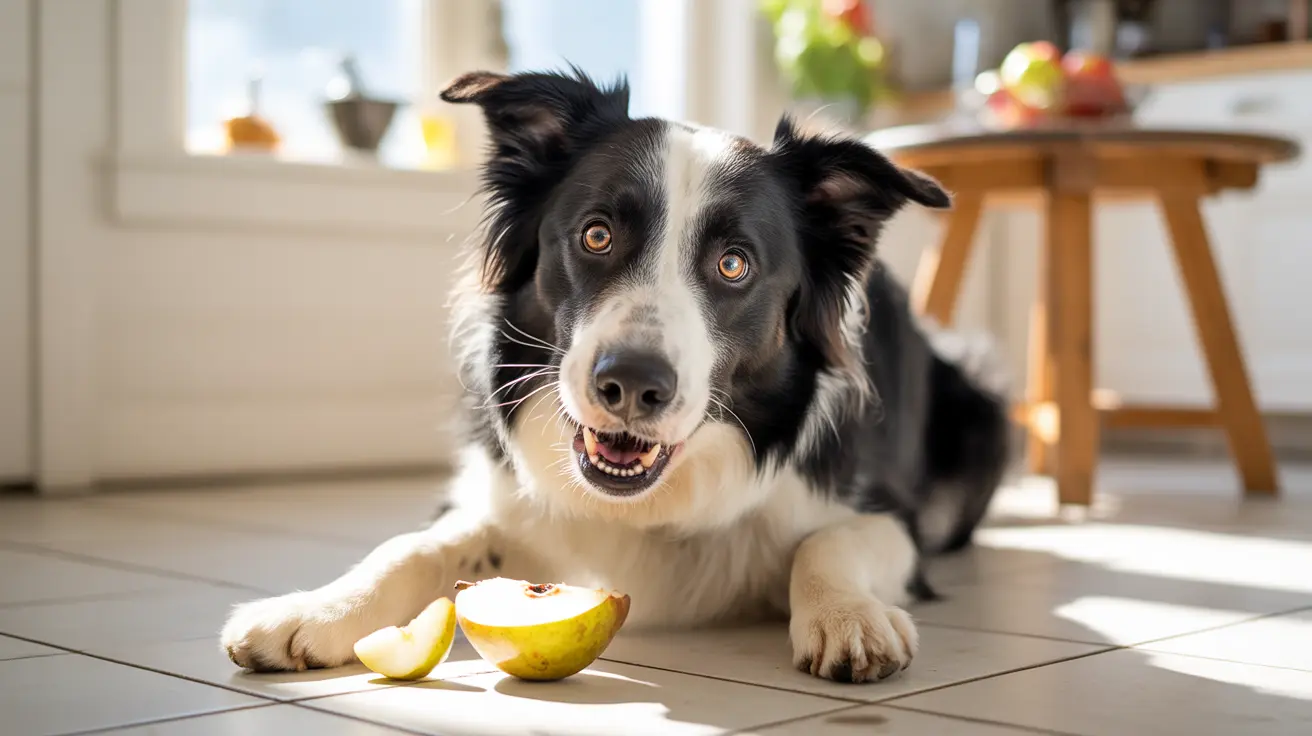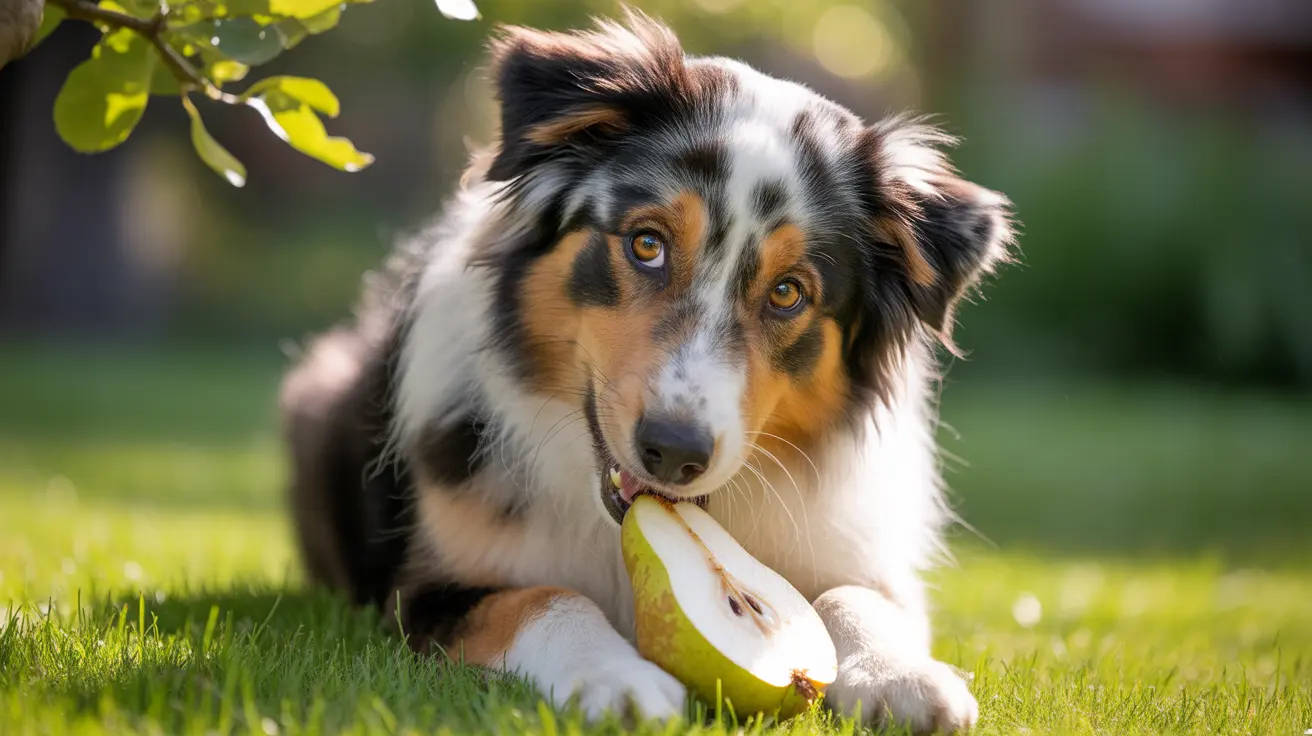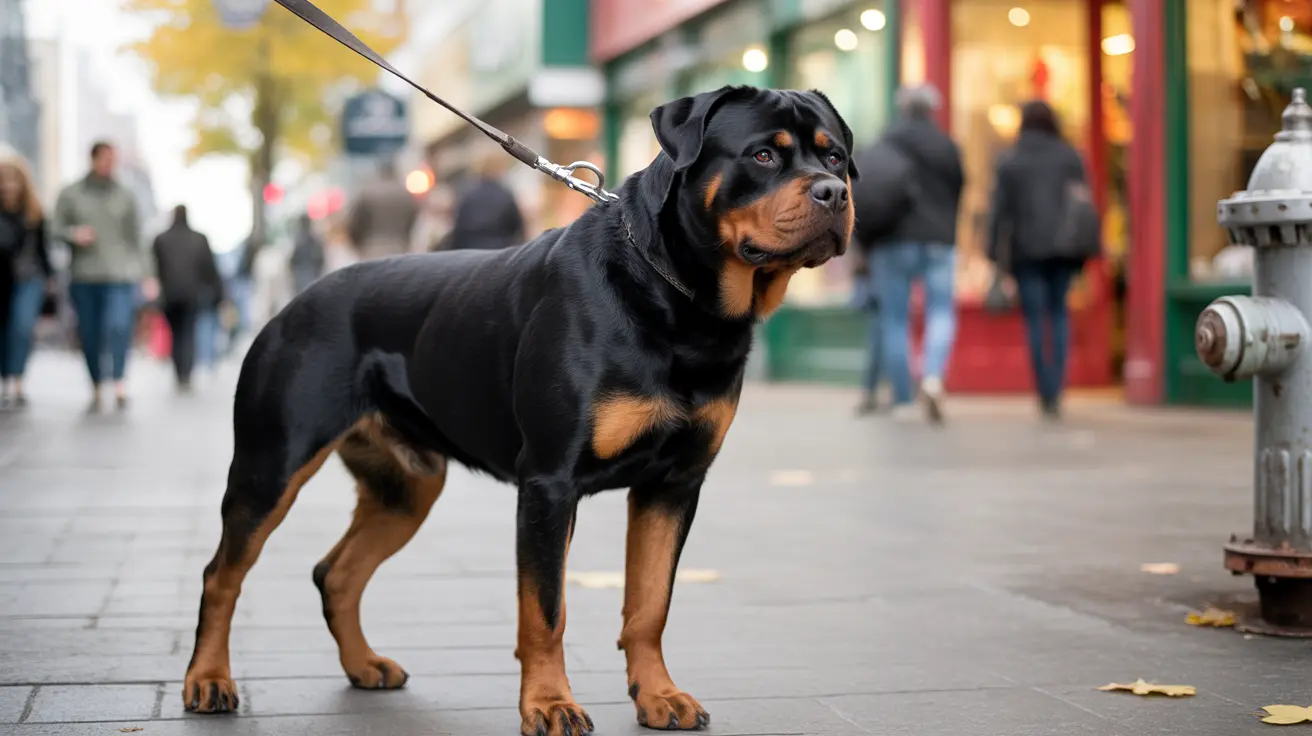How Long Should You Boil Chicken for Dogs?
Boiled chicken is a safe, nutritious, and easily digestible option for dogs, especially when dealing with digestive issues or recovering from illness. Proper preparation is critical to ensure your dog’s safety and nutritional needs are met.
Why Boil Chicken for Dogs?
Boiling chicken is an effective method to eliminate harmful bacteria while preserving nutrients. It avoids oils, seasonings, and other additives that may harm your dog.
Benefits of boiled chicken for dogs:
- High in protein – supports muscle health
- Low in fat – suitable for sensitive stomachs
- Non-irritating – good for digestive upset
- Free of additives – when cooked plain
Choosing the Right Chicken
Always select boneless, skinless chicken breasts or thighs. Avoid bones, skin, fatty cuts, or pre-seasoned meat. Use fresh chicken, not discolored or spoiled.
Preparing the Chicken
- If frozen, thaw completely in the fridge. If boiling from frozen, increase cooking time by 1.5x.
- Place chicken in a pot with enough water to cover completely. Leave some headspace to prevent boils from overflowing.
- Do not add seasoning, salt, oil, or spices. Onions, garlic, and some spices are toxic to dogs.
Boiling Time and Method
Bring the pot to a boil over high heat, then reduce to medium and simmer uncovered.
- Cut-up boneless chicken: 12–15 minutes.
- Larger or frozen portions: 15 minutes per pound.
To ensure the chicken is fully cooked:
- Cut into the thickest part—no pinkness should remain.
- Juices should run clear.
- Use a meat thermometer: 165°F (74°C) internal temperature.
Cooling and Serving
Let the cooked chicken cool for 10–20 minutes until safe to handle. Shred or chop into bite-sized pieces, matching your dog’s size to avoid choking hazards.
You can serve it:
- Plain as a treat
- Mixed with plain white rice (2:1 or 3:1 rice to chicken) for digestive relief
- With dog-safe vegetables like carrots, broccoli, peas, or green beans
Do not serve hot, as it may burn your dog’s mouth.
Storage Tips
- Refrigerate leftovers in a sealed container: up to 4 days.
- Freeze in small portions: 2–6 months.
Feeding Guidelines
- Offer ¼ to ⅓ cup per 20 pounds of body weight.
- Limit intake to once or twice per week unless otherwise advised.
- Avoid substituting chicken long-term without veterinary consultation—it’s not a complete diet.
Safety Precautions
- Use separate utensils and cutting boards for raw and cooked chicken.
- Always wash hands after handling raw poultry.
- Discard bones—cooked bones can splinter and cause injury.
- If saving chicken water (broth), ensure it’s additive-free and strain excess fat.
- Monitor your dog for vomiting, diarrhea, or allergies. Discontinue and consult a vet if issues arise.
Conclusion
Boiled chicken is an excellent temporary food or treat for dogs when cooked plain and served appropriately. Boil pieces for 12–15 minutes (or longer for frozen/larger portions), ensure they’re cooked through, and serve chilled or at room temperature. While nutritious, it shouldn’t replace a complete commercial dog food diet without your vet’s guidance.





